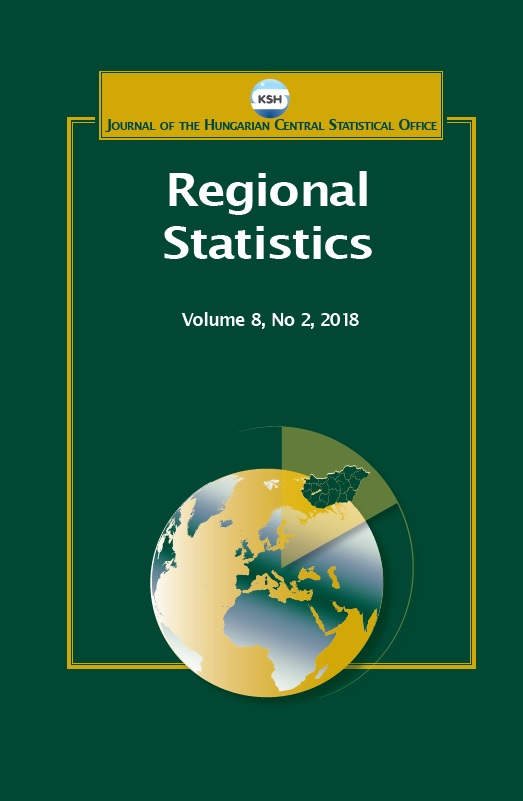Urbanisation in a formal way? The different characteristics of the ‘newest towns’ in Poland and Hungary
Urbanisation in a formal way? The different characteristics of the ‘newest towns’ in Poland and Hungary
Author(s): Barbara Konecka-Szydłowska, András Trócsányi, Gábor PirisiSubject(s): Social Sciences, Economy, Geography, Regional studies
Published by: Központi Statisztikai Hivatal
Keywords: formal urbanisation; town rank; post-socialist urbanisation; Polish-Hungarian comparison; socio-economic development
Summary/Abstract: The recent urbanisation of Poland and Hungary can be characterised by two main processes, urban sprawl, suburbanisation on the one hand, birth of new towns from villages through a legal process on the other hand, that have provided significant changes in the share of urban population. Suburbanisation has been investigated in details throughout the post-socialist region, while formal urbanisation could gain less attention, although in certain cases like in Hungary it has doubled the number of towns and cities within less than three decades. The present study introduces the similarities and differences of the formal urbanisation process in Poland and Hungary, giving an evaluation of the new-born towns. Their size and socio-economic development are measured and contrasted on the basis of statistical indices, furthermore, their geographic location and functions in the settlement network are compared, too.
Journal: Regional Statistics
- Issue Year: 8/2018
- Issue No: 02
- Page Range: 135-153
- Page Count: 19
- Language: English

